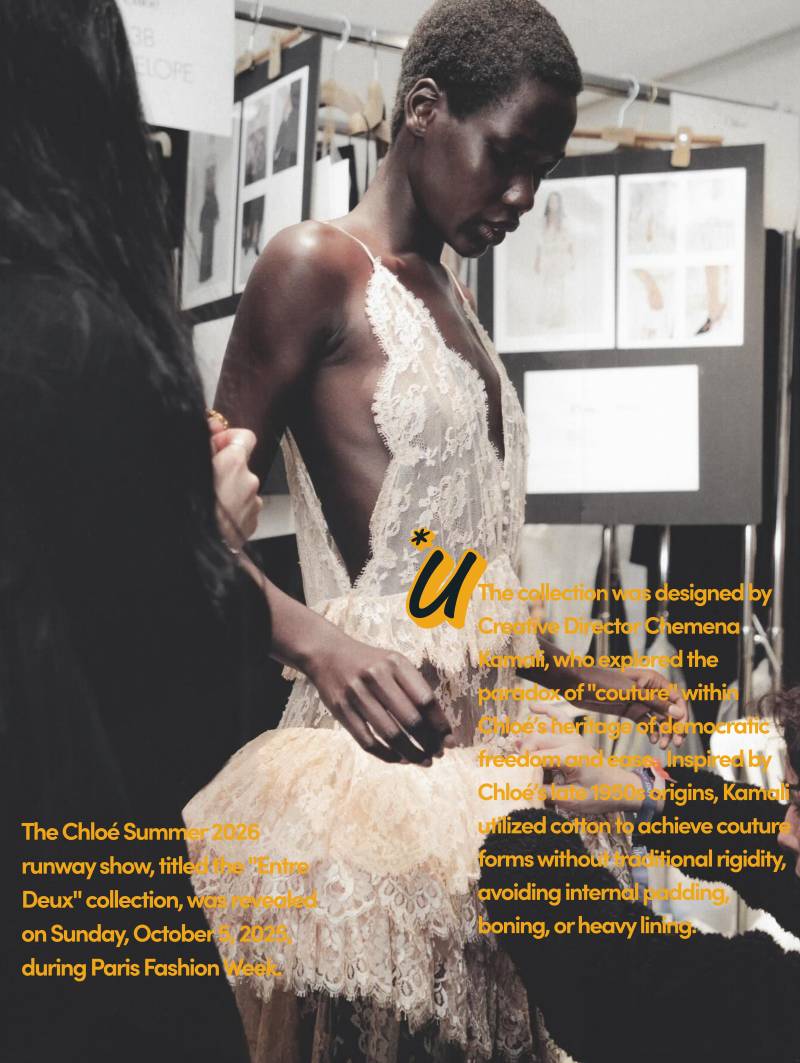In 1865, a selection of objects in the British Museum was registered in ‘The Secretum’ – a catalogue of objects deemed unsuitable for display because they were seen as being ‘morally dangerous material’. As this was Victorian England, it probably doesn’t shock you that most of the objects were sexual in nature. The Roman sculpture of a nymph and satyr was one of these objects. Join former catalogue manager (now a curator in the Department of Greece and Rome) Vicky Donnellan on a journey through the exhibition and cataloguing history of this Roman sculpture, since its rediscovery 250 years ago. This is a deep dive into the different ways an object has been catalogued over time, showing that the process of cataloguing objects is not straightforward, objective or unchanging. Catalogue records are a combination of our current understanding of the past and, more potently, the values and perceptions of those in charge of cataloguing at any one time. GENUINE CONTENT WARNING: This video focuses on a classical depiction of attempted sexual assault, which is shown early in the video and throughout, and features other ancient sexually-themed objects.


The British Museum



